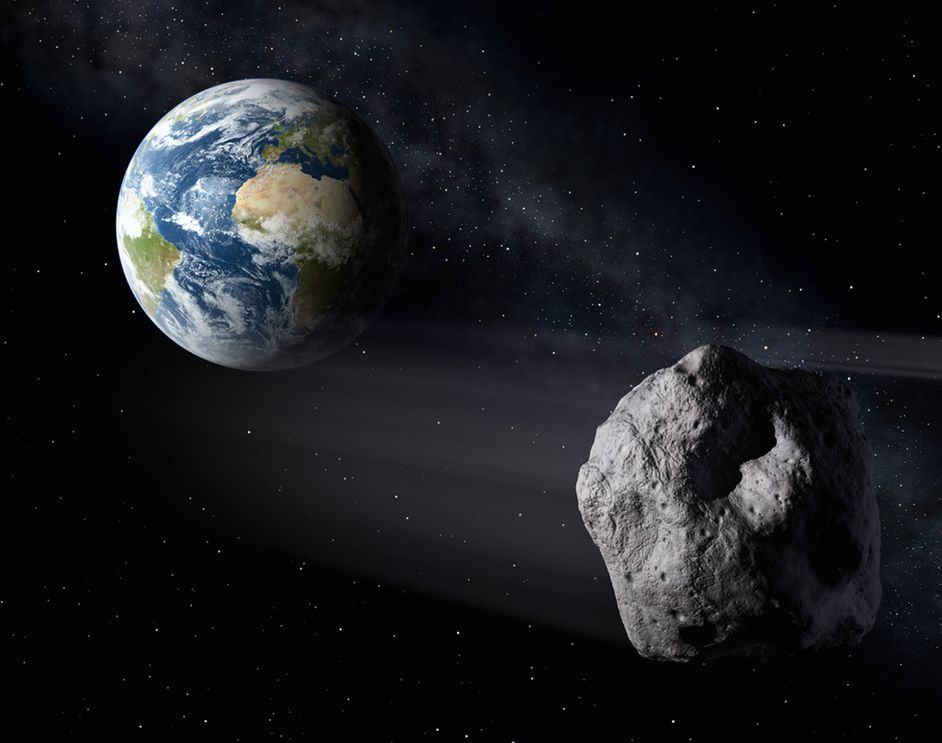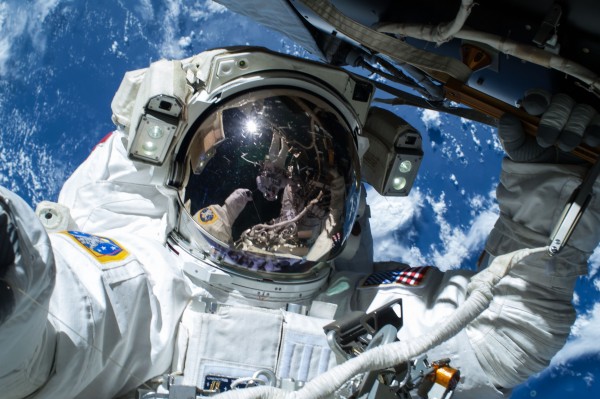It’s been fifty years now, but Alexei Leonov can still remember the moment he opened the capsule and wandered into the cold vastness of space for the first time – the moment when he was the first and at the time, the only human to float through the heavens.
“I gently pulled myself out and kicked off from the vessel,” recalled the former cosmonaut Leonov, who is now a youthful 80 years old. He is the last survivor of the Soviets’ Voskhod space program.
“[There was] an inky black, stars everywhere and the sun so bright I could barely stand it.”
Hanging from a fifteen foot cord, he took in the jaw-dropping view of Earth, slowly turnings his face towards home, where he would get a view unlike any of his neighbors.
“I filmed the Earth, perfectly round, the Caucasus, Crimea, the Volga. It was beautiful.”
The date was March 18, 1965, when tensions were at a high between the Soviet Union and United States, foes of the Cold War, both determined to set forth on a conquest of space.
At the time, Americans were still preparing the way for a spacewalk, which they would successfully complete in June of that same year on the Gemini 4 mission. Leonov alongside the ship’s pilot Pavel Belyayev (codenamed Almaz-1 and Almaz-2) were sent nearly 310 miles above Earth, where millions witnessed their mission unfold, live on both the radio and television.
As Leonov watched over the Crimean Peninsula from space, he heard Belyayev report back to Earth on the broadcast: “This is Almaz-1: Man has gone out into space.” Then he heard the recognizable voice of Yuri Levitan, who was then a famous broadcaster on Soviet radio, confirming the pilot’s words. “But who are they talking about?” he wondered momentarily.
Leonov spent 12 minutes in outer space on this voyage – a fairly short amount of time, considering the years of frantic efforts by the USSR’s scientists and engineers as they pushed endlessly to stay ahead of the Americans in the space race. The race had more or less begun in 1957 when the Soviets launched the Sputnik satellite and the U.S. government in response, passed legislation that led to the establishment of NASA, along with a call for a greater emphasis on math and science in public school curriculum.
In 1962, the Soviets met another one of their goals: The first person to orbit Earth, cosmonaut Yuri Gagarin. 12 months later, still not fully content with their success, the Soviets laid out a metaphor for their new objective: “Swimming in space like a sailor in the ocean.”
Russia’s space chief, who is often called the father of practical astronautics, Sergei Korolyov, handpicked Leonov to embark on this historic mission. Because of Korolyov’s ingenuity, Soviet officials since the regime of Stalin referred to him solely as “the Chief Designer” until his death, fearing that he would be targeted by American spies and assassinated were his identity known.
“Korolyov chose me because I had already piloted several aircraft, I scored highly and I could paint, which is rare among cosmonauts,” smiled Leonov, who after his retirement proved himself a rather talented space artist with portraits of himself floating in orbit.
For his 12 minutes floating outside the Voskhod 2 spacecraft, Leonov endured 18 months of intense physical training.
As ready as he might have been for that spacewalk, the same couldn’t be said of Voskhod 2.
“The spacecraft had no ejection system,” he said. “We would either have to wait nine months to revamp it or use this model. We chose the second option.”
Since NASA was preparing their own spacewalk with Ed White, the second option was the only viable one.
“It wasn’t about courage. We just knew it had to be done,” Leonov said.
As triumphant as he may have felt at his first glimpse of Earth from space, the feelings subsided rather quickly.
As the spacecraft’s orbit quickly drew it from the sun, and the view grew dark, Leonov had to re-enter the craft, but his spacesuit suddenly inflated, releasing atmospheric pressure that made the suit deform. As small as it sounds, this could have prevented him from entering the Voskhod 2’s airlock.
Rather than bothering to alert the control center, which could have risked more time and oxygen, Leonov released some of the oxygen already available in his suit, putting himself at risk of oxygen starvation.
After a long orderal, he successfully managed to struggle back through the airlock head first, rather than feet first. This series of difficult maneuvers left him covered in sweat. During the entire outing, he managed to lose 12 pounds.
There were more problems awaiting Leonov and his team back in the cabin. The ship’s automatic guidance system for re-entry ceased to work properly, forcing the crew to guide Voskhod 2 on its journey back to Earth.
Leonov described the complications in great detail in his book on the space race. First, their landing module failed to break off from the orbital module, releasing massive G-forces that made them spin wildly along the cable, as they hurtled towards the Earth.
They managed a successful landing in which no one was injured, but over 1,200 miles from their intended destination in Kazakhstan. This may sound like something of a happy ending, but when they emerged from the spacecraft, they found themselves in deep snow, in the wilderness of the Ural Mountains, the home to many wolves and bears.
“We waited three days in the forest to be rescued, and Soviet radio reported we were on holiday after the flight,” Leonov recalled, laughing.
When the rescuers finally did come, they brought out a large cauldron by helicopter that was then filled with snow from the taiga forest and heated, providing the cosmonauts with a hot bath.
Leonov and Belyayev soon returned home, where they were hailed as heroes, having completed the first successful spacewalk in history, 10 weeks ahead of the United States.
A decade after his adventure, Leonov went on to command the Soyuz 19 in what was the first joint space mission between both the Soviet Union and the United States. The rivalry between their programs largely ended after Soviet Premier Leonid Brezhnev canceled funding on the Soviet lunar landing, as the U.S. had by that time already completed a successful mission to the moon.
As the political climate between Moscow and Washington has grown somewhat hostile during the Ukraine conflict and there is some doubt as to the future of NASA’s space program, Leonov offered up some pretty wise words:
“There have never been frontiers between astronauts. The day that this notion sinks into the minds of politicians, our planet will be different.”
|
James Sullivan
James Sullivan is the assistant editor of Brain World Magazine and a contributor to Truth Is Cool and OMNI Reboot. He can usually be found on TVTropes or RationalWiki when not exploiting life and science stories for another blog article. |





